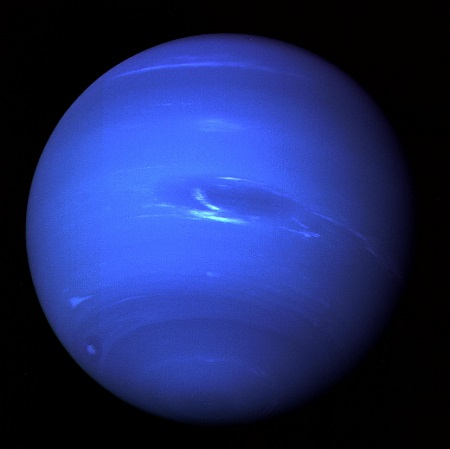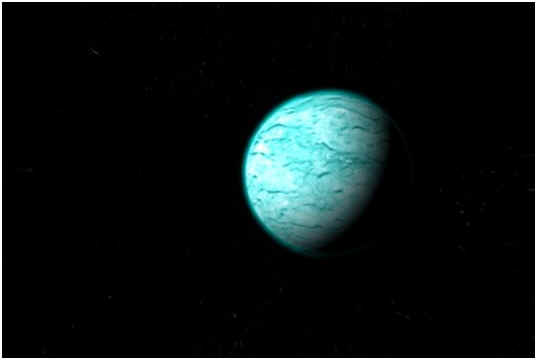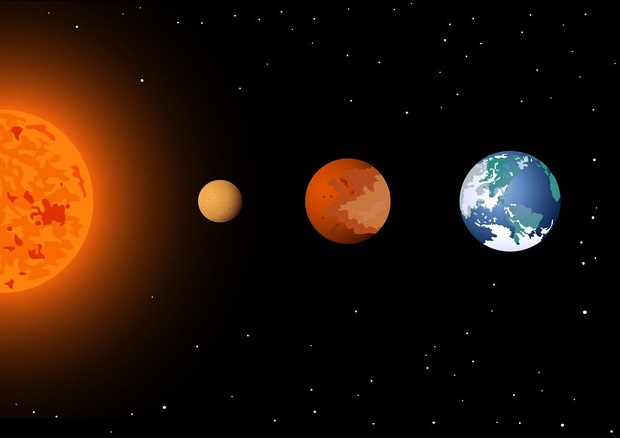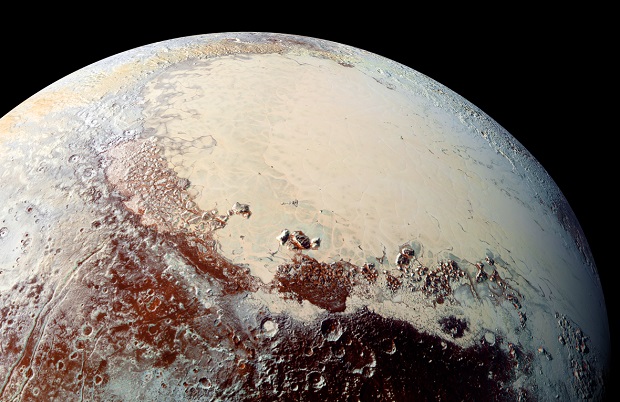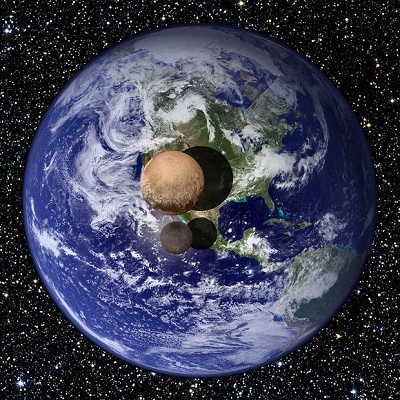Does Mars Have Seasons? Just like Earth, Mars has a system of rotating seasons. This is due to the tilted axis, causing one side of the planet to be facing the sun while another side faces away. The tilt results in four definitive seasons similar to Earth’s: summer, autumn, winter, and spring.
Different Timetable
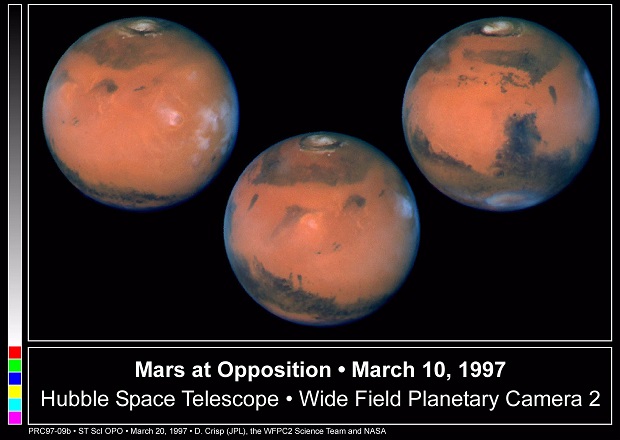
Photo Courtesy: NASA/JPL
Unlike Earth, however, Mars rotates slightly slower, resulting in days that are longer by 39 minutes. The planet’s orbit is also very elliptical, as opposed to Earth’s more circular orbit. The orbit causes extreme weather patterns as the seasons change. The orbit is also longer than Earth’s, making the seasons stretch far longer, too.
Seasonal Differences
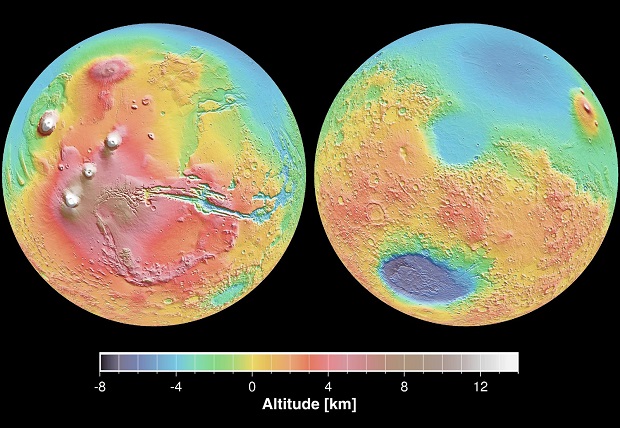
Photo Courtesy: NASA/JPL
You might assume that the seasonal patterns on Mars roughly mirror that of Earth. This is not the case. Mars experiences four separate seasons, but they are not all the same length. Also, as with any planet with an axial tilt, the southern and northern hemispheres have opposing seasons. However, thanks to its odd orbital pattern, the seasons are hugely different between the two hemispheres. The north side is much colder, even in the summer.
Seasonal Effects
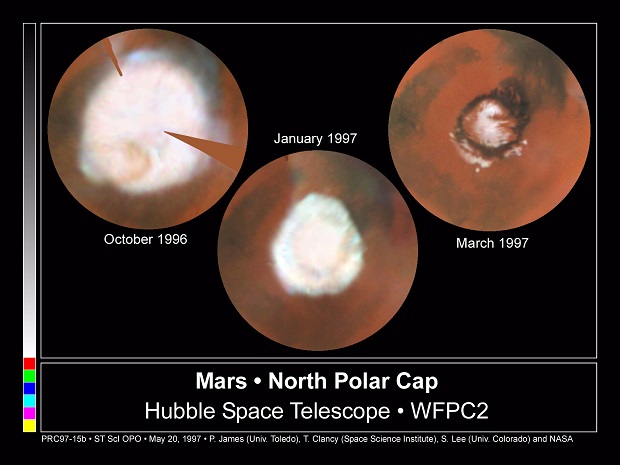
Photo Courtesy: JPL/NASA/STScI
If you were to observe the polar caps on Mars, you would notice that they fluctuate according to the season. The ice caps are made mostly of frozen CO2. As the seasons change, it freezes and thaws accordingly. This creates a fluctuation in the CO2 content of the atmosphere.
